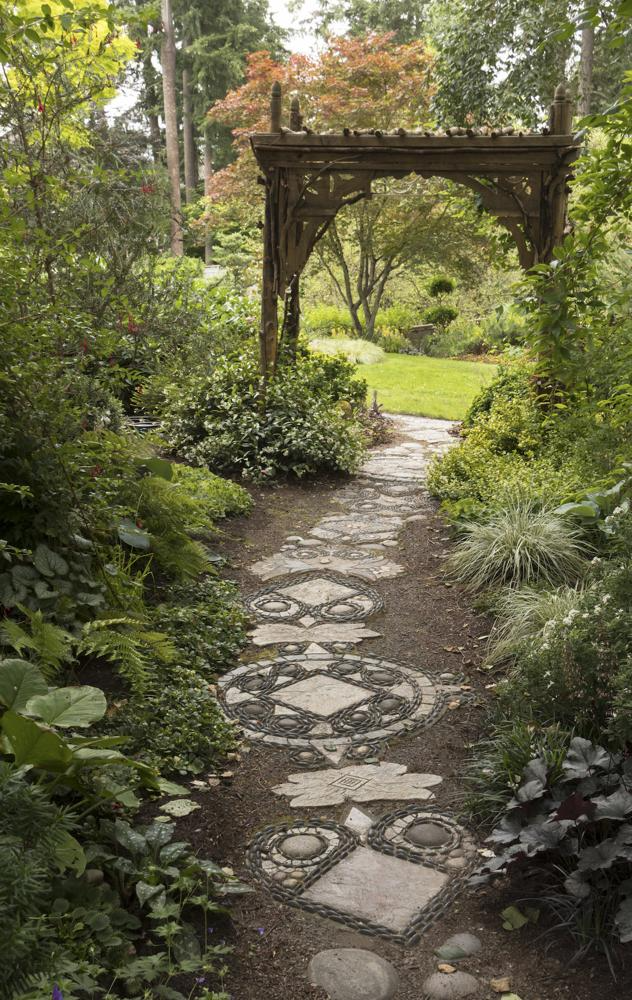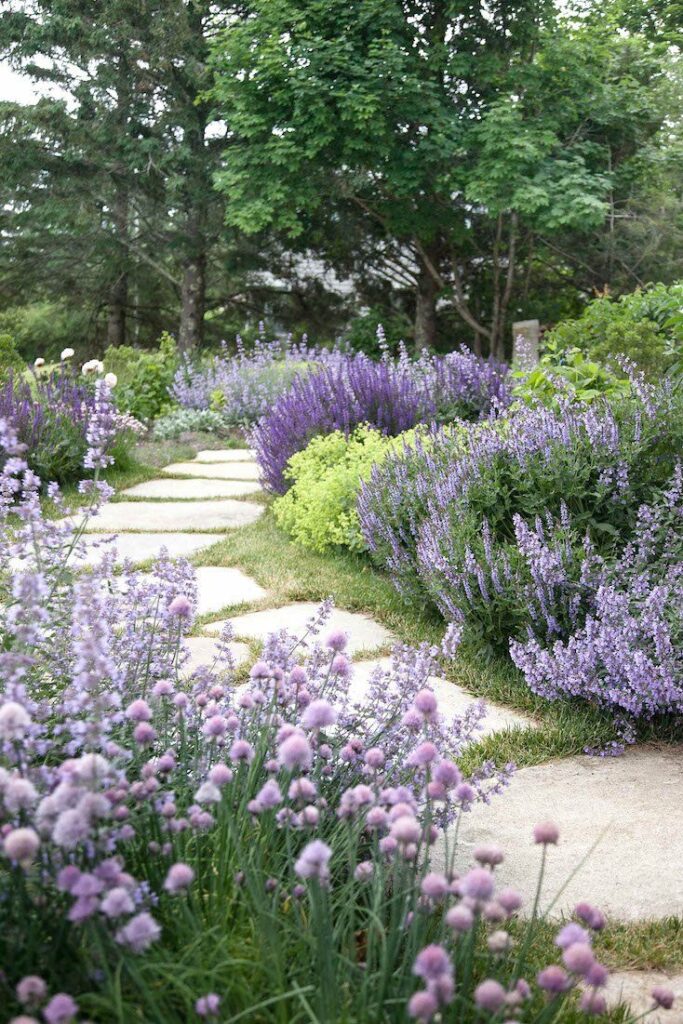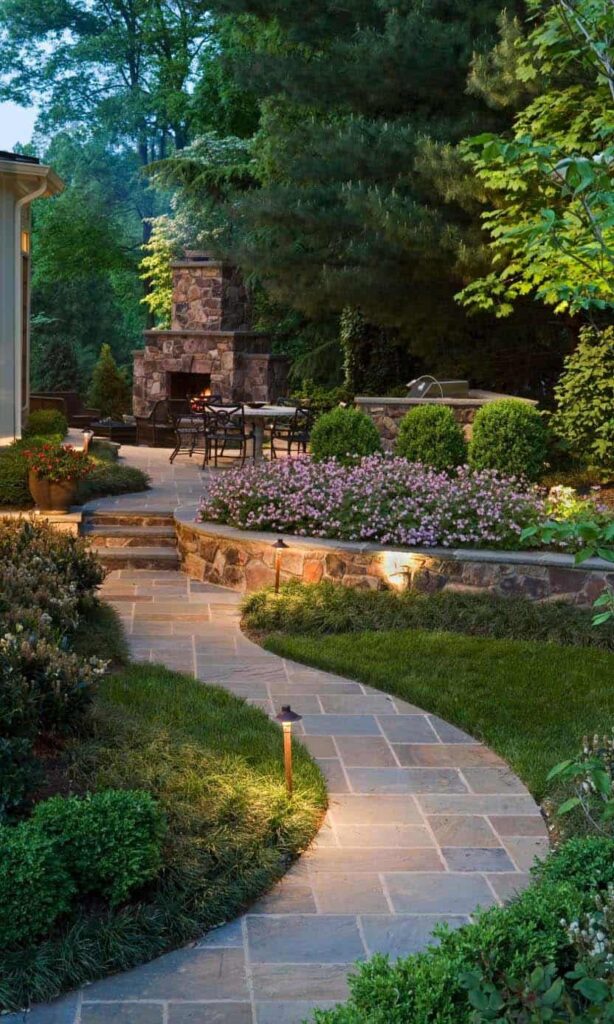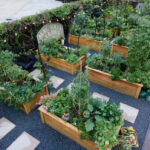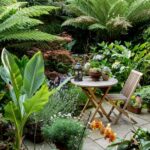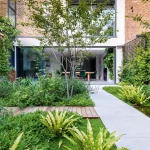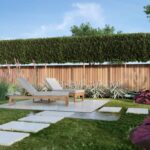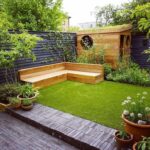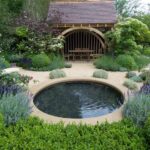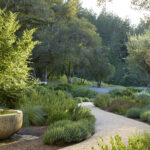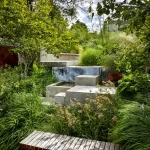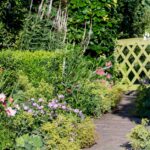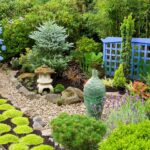Garden design is an art form that has been practiced for centuries, with the aim of creating beautiful and functional outdoor spaces. A well-designed garden can enhance the overall aesthetic appeal of a property, providing a peaceful and relaxing environment for homeowners and visitors alike.
One of the key principles of garden design is the careful consideration of the layout and organization of plants, pathways, and other elements within the garden. This includes thinking about the size and shape of the space, as well as the desired function of different areas within the garden. For example, a garden may be divided into distinct zones for dining, relaxation, and play, each with its own unique features and plantings.
The selection of plants is another important aspect of garden design, as they can greatly impact the overall look and feel of the space. Plants can be chosen for their color, texture, height, and bloom time, as well as their ability to thrive in the specific conditions of the garden. For example, a garden that receives full sun may be planted with drought-tolerant species, while a shady garden may be filled with ferns and mosses.
In addition to the layout and plant selection, other elements such as hardscaping, lighting, and water features can also play a significant role in garden design. Hardscaping refers to the non-living elements of the garden, such as pathways, patios, and walls, which can help to define and structure the space. Similarly, the strategic placement of lighting can create a dramatic effect in the garden, highlighting key elements and extending the usability of the outdoor space.
Water features, such as ponds, fountains, and waterfalls, can add a sense of tranquility and movement to a garden, creating a soothing atmosphere for relaxation and contemplation. Incorporating these elements into a garden design can help to create a cohesive and harmonious outdoor space that is both visually appealing and functional.
Overall, garden design is a complex and multi-faceted discipline that requires a careful balance of creativity, expertise, and practical knowledge. By considering factors such as layout, plant selection, hardscaping, lighting, and water features, garden designers can create beautiful and functional outdoor spaces that enhance the quality of life for homeowners and visitors alike.
